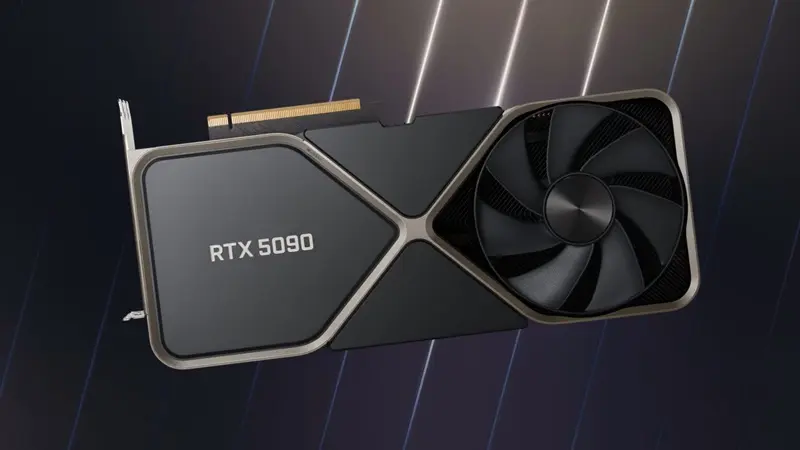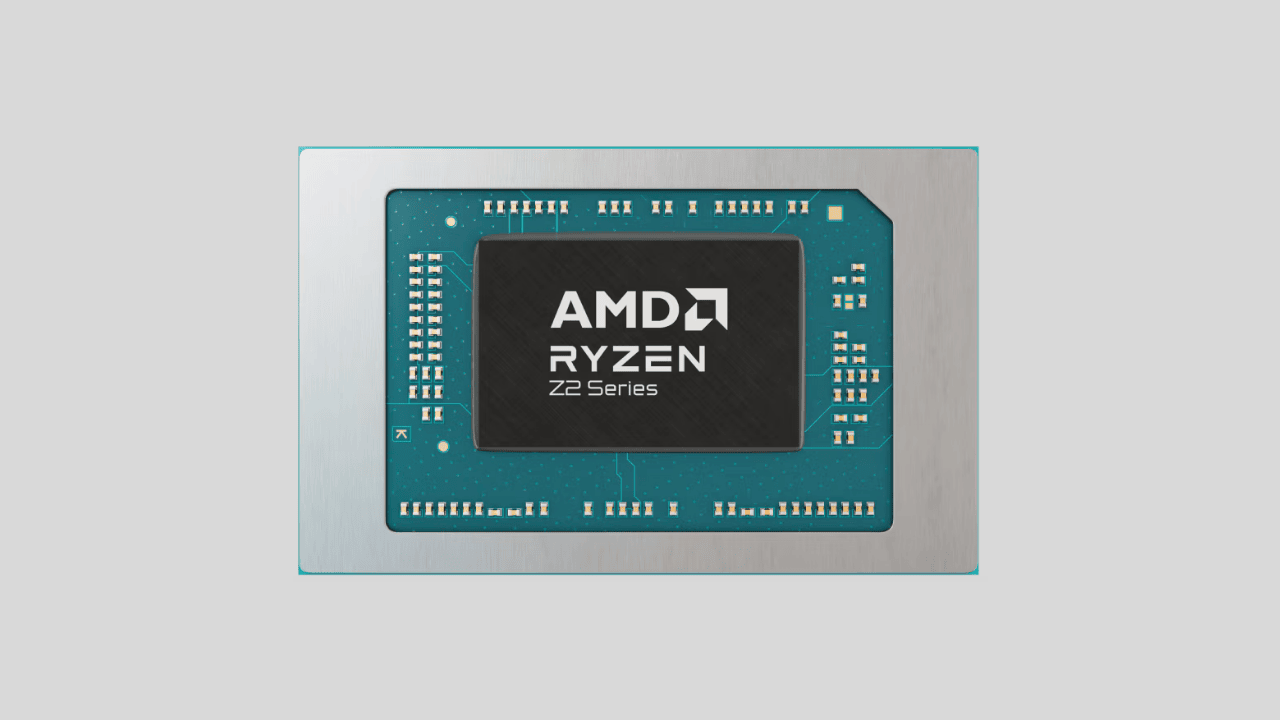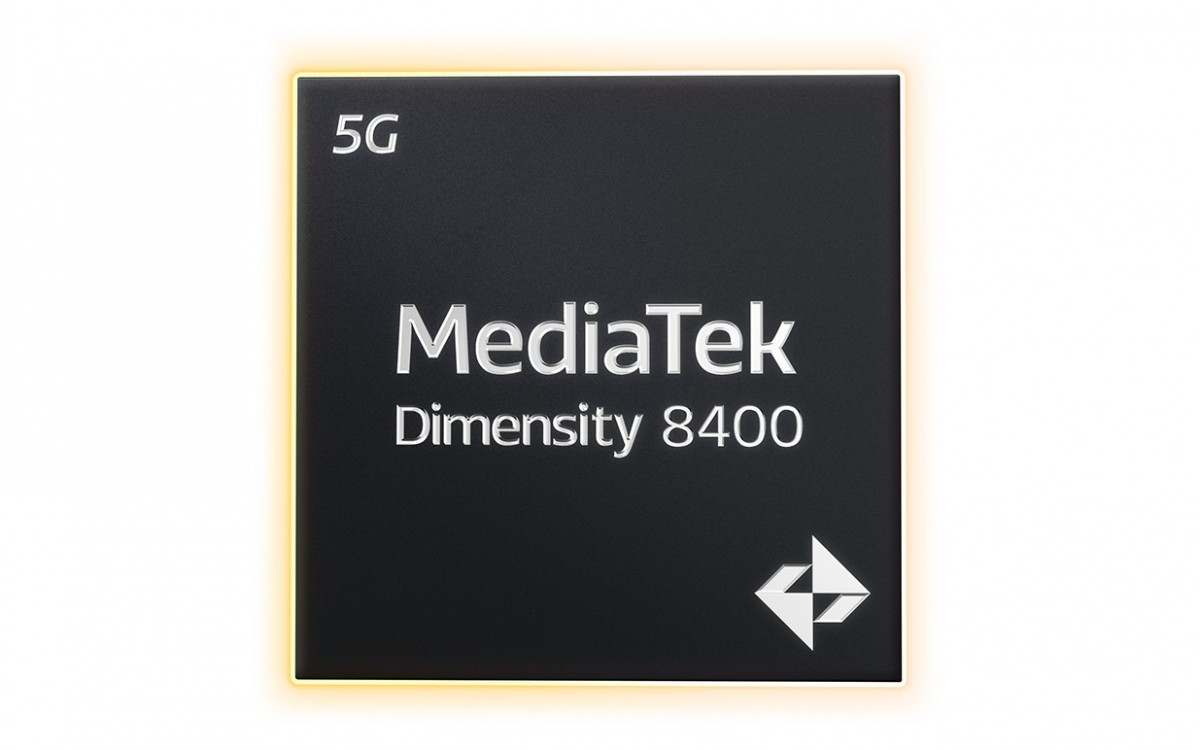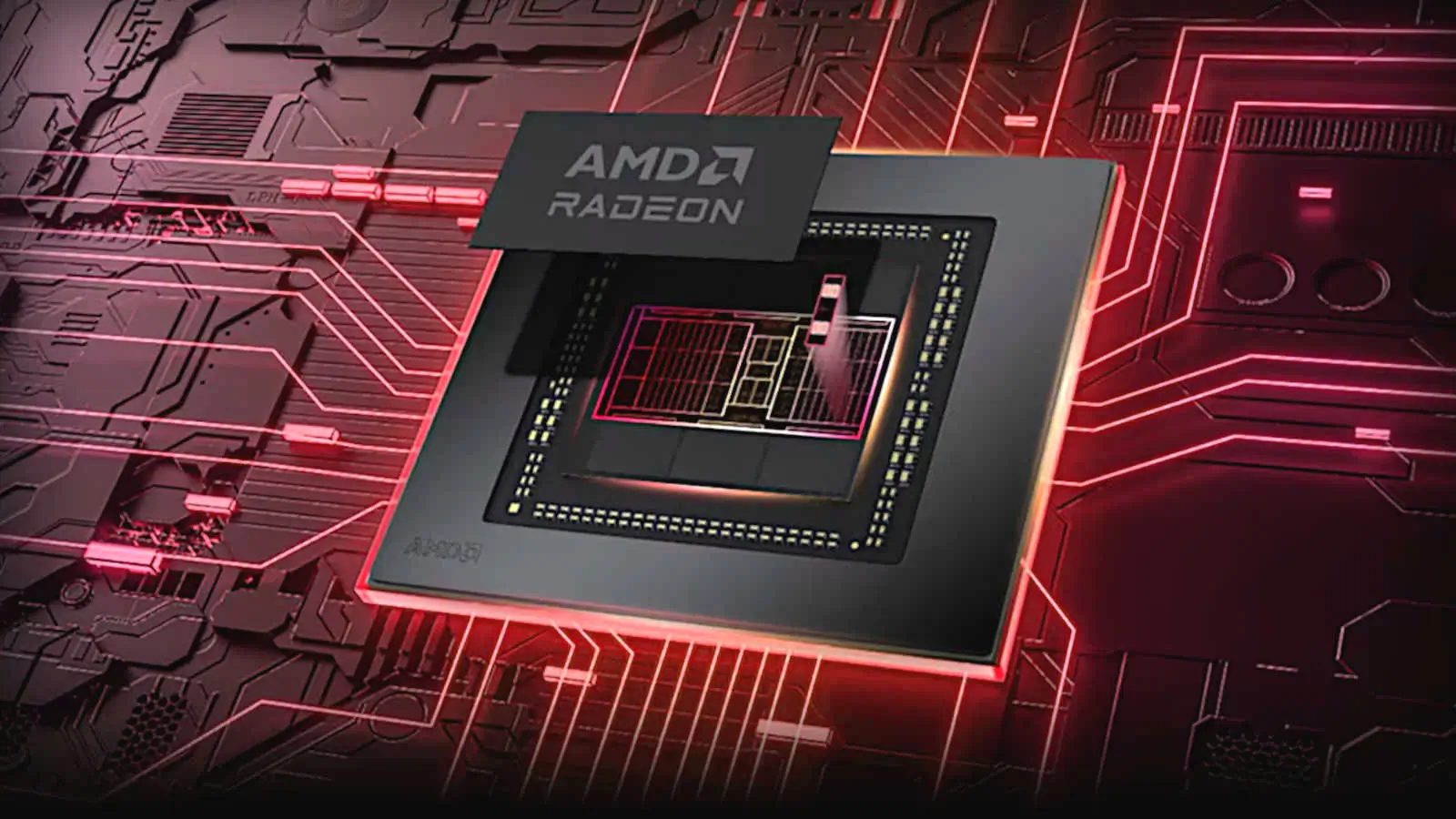Acer has inadvertently confirmed details about NVIDIA’s forthcoming GeForce RTX 50 series GPUs through listings for its Predator Orion 7000 desktop PCs. These listings reveal that the RTX 5090 will feature 32GB of GDDR7 memory, while the RTX 5080 will come equipped with 16GB of GDDR7 memory.
The Predator Orion 7000 series, announced earlier this year, is among the first prebuilt systems to incorporate Intel’s Core Ultra 200 series processors. The inclusion of NVIDIA’s latest GPUs positions these desktops as formidable options for gaming enthusiasts seeking top-tier performance.

What do we know about RTX 5090 so far?
The RTX 5090 is anticipated to feature a 512-bit memory bus, potentially achieving over 1.7 TB/s of bandwidth, marking a significant leap in gaming GPU capabilities. The card is rumored to be equipped with 32GB of GDDR7 memory, the highest ever for a gaming GPU, paired with a 512-bit memory bus.
Despite its massive performance upgrades, the RTX 5090 is expected to maintain a power requirement below 600W (still a little crazy) with new architectural optimizations and energy-efficient design.
What do we know about RTX 5080 so far?
The RTX 5080 is rumored to utilize a 256-bit memory bus with 16GB of GDDR7 memory, offering a bandwidth of approximately 960 GB/s. It is also rumored to have 10,752 CUDA cores, delivering a substantial performance improvement over the RTX 4080. The card comes with 16GB of GDDR7 memory, which is paired with a 256-bit memory bus.
This configuration provides a memory bandwidth of 960 GB/s, sufficient for high-performance gaming and professional workflows. Unlike the 5090, the RTX 5080 is designed to consume less power, with a power requirement of around 400W.
In addition to memory enhancements, the RTX 50 series is expected to introduce advanced AI capabilities, including “Neural Rendering,” which could revolutionize graphics processing and display. These GPUs are also likely to feature improved ray tracing cores and support for DLSS 4.0, aiming to deliver higher image quality and faster frame rates.
As the CES 2025 event approaches, more concrete information regarding specifications, pricing, and release dates is expected to emerge, offering enthusiasts a clearer picture of NVIDIA’s next-generation offerings.




